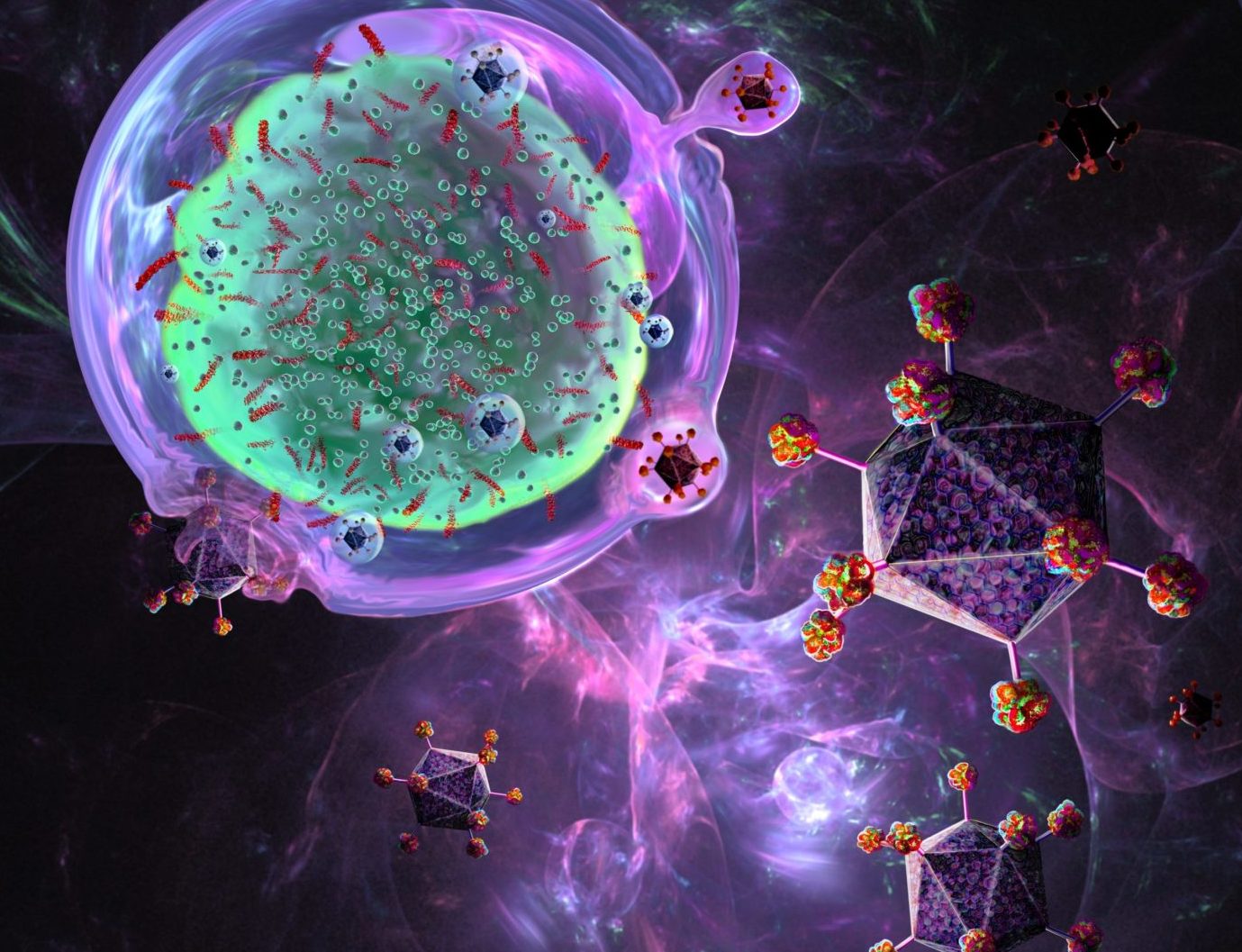There has been a significant advancement in our understanding of the fundamental biology of this platform since the revelation more than 15 years ago that genetically modified DNA may be administered in vaccine form and can trigger an immune response.
What are DNA vaccines?
A DNA vaccine is a vaccine that uses a person’s genetic material to induce an immune response. DNA vaccines use a person’s DNA sequence to create a reaction against a specific pathogen. They are made up of a small piece of plasmid DNA containing a particular pathogen’s gene sequence.
Benefits of DNA Vaccines
DNA vaccines have the potential to revolutionize the way we prevent and treat disease. Explained below are their various benefits and why they may be the future of vaccine development.
Ease of Production
DNA vaccines are easier to produce than traditional vaccines, and they can be stored at room temperature. DNA vaccine production is done by inserting a gene that codes for a protein found in a virus or bacteria into a plasmid, which is then injected into the patient. This means that it does not require using a live virus, which can be challenging to store and transport.
Effectiveness
DNA vaccines can induce both humoral and cellular immune responses. Humoral immunity is the body’s response to foreign substances, such as viruses, that produce antibodies. Cellular immunity, on the other hand, is the body’s response to foreign substances that activate the T-cells in the body. DNA vaccines can induce both types of immunity, making them more effective than traditional vaccines.
Safety
DNA vaccines are safer than traditional vaccines as they do not contain live viruses or adjuvants, which can cause side effects. DNA vaccines contain only the gene that codes for the target protein, meaning there is no risk of the patient contracting the virus or bacteria or suffering from the side effects of adjuvants.
Customization
DNA vaccines can be tailored to specific pathogens and are easier to modify than traditional vaccines. This means that they can be tailored to particular pathogens, making them more effective against those pathogens. Additionally, they can be easily modified to target multiple pathogens, which is not possible with traditional vaccines.
Low Cost
DNA vaccine production is cheaper than traditional vaccine production. DNA vaccines do not require a live virus, which can be difficult and costly. DNA vaccines can be made in large batches, reducing the cost per dose.
Easy Administration
DNA vaccines can be administered via non-invasive intramuscular or intradermal injection. This means that they can be administered with minimal discomfort and infection risk, making them a much more attractive option than traditional vaccines, which are often given via intramuscular injection.
Potential Risks of DNA Vaccines
DNA vaccines are seen as a promising alternative to traditional vaccine approaches. Nonetheless, as with any new technology, there are potential risks associated with its use.
Potential for Unwanted Immune Response
DNA vaccine production uses genetic material, which can stimulate the body’s immune system. In some cases, the body can mount an unwanted immune response to the vaccine, such as an autoimmune or allergic reaction. This can cause a fever, rash, joint pain, and difficulty breathing.
Risk of Mutations
DNA vaccines are made using genetic material, so there is a risk that mutations may occur during the manufacturing process. Mutations can cause the vaccine to be ineffective or even produce a toxic response in the body.
Risk of Allergic Reactions
Allergic reactions can occur when the body recognizes the components of the vaccine as foreign and mounts an immune response against them. This can result in symptoms such as itching, swelling, hives, and difficulty breathing.
Risk of Cross-Contamination
Different batches of vaccines can contaminate each other due to improper handling. This can cause the vaccine to be ineffective or even produce a toxic response in the body.
Examples of DNA Vaccines
Apex–IHN is a DNA vaccine designed to prevent the spread of infectious hematopoietic necrosis virus (IHNV) in salmon. It is developed by AquaBounty Technologies and delivers a gene encoding a protein from the IHNV virus into the salmon’s cells. The protein stimulates the salmon’s immune system to produce antibodies that can neutralize the virus.
The concept is a DNA vaccine developed by Merial to prevent canine melanoma. It delivers a gene that encodes a modified version of a protein found in melanoma cells. The modified protein stimulates the immune system to produce an antibody that can recognize and attack melanoma cells.
LifeTide is a DNA therapy developed by Cold Spring Harbor Laboratories. It is designed to treat a genetic form of early-onset blindness called Leber Congenital Amaurosis (LCA). It works by delivering a gene that encodes a protein called CEP290. The protein helps to restore the function of a faulty gene found in the LCA-affected cells. The restored gene helps to restore the cells’ ability to produce a protein necessary for vision.
How a DNA Vaccine Works
A DNA vaccine uses a gene sequence to create immunity to a virus or bacteria. The gene sequence is taken from the virus or bacteria and inserted into a harmless carrier, such as a harmless bacteria or virus. This carrier is then injected into the body, which cells take up and translate into proteins that trigger an immune response. The proteins serve as antigens and stimulate the body’s immune system to create antibodies that will recognize and attack the virus or bacteria if it enters the body in the future.
Future of DNA Vaccines
The future of DNA vaccines is auspicious. Research is being conducted to further improve the safety and efficacy of DNA vaccines by targeting specific antigens, which could lead to better immunization and fewer side effects.
In addition, researchers are exploring ways to incorporate DNA vaccines into existing vaccine schedules to increase vaccination rates and reduce the spread of disease. This could include combining DNA with traditional vaccines or using DNA vaccines to protect against additional pathogens and illnesses.
Finally, DNA vaccines are being investigated for their potential to treat existing diseases and conditions, including cancer and HIV/AIDS. Researchers are working to develop vaccines targeting specific genes associated with these illnesses and potentially providing long-term protection and treatment.














Comments